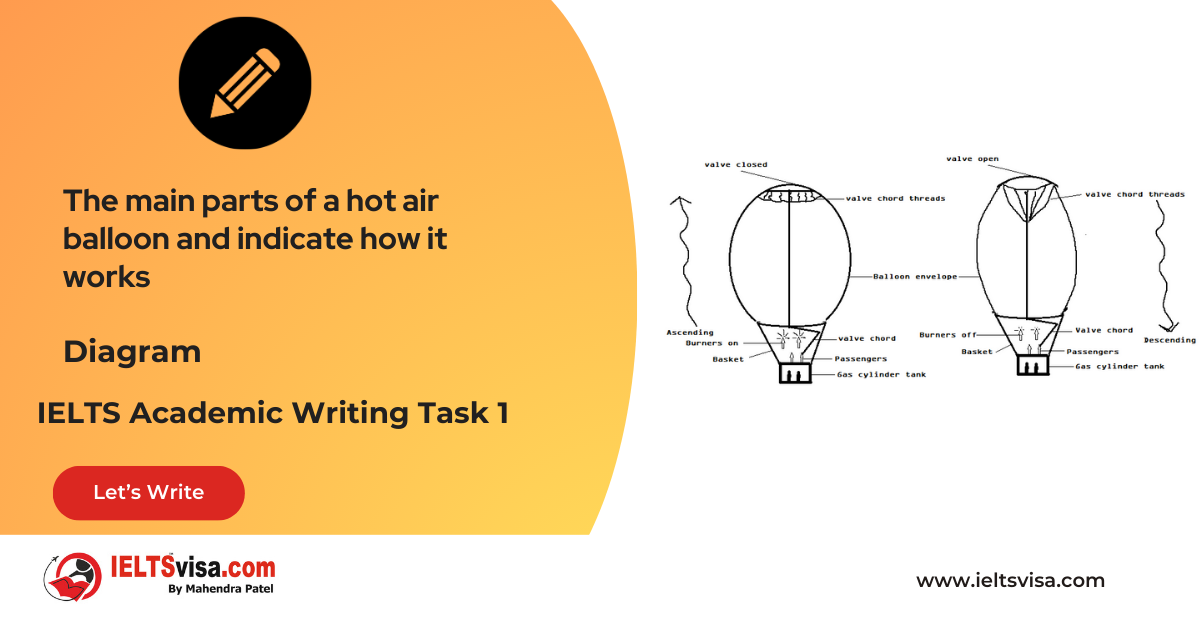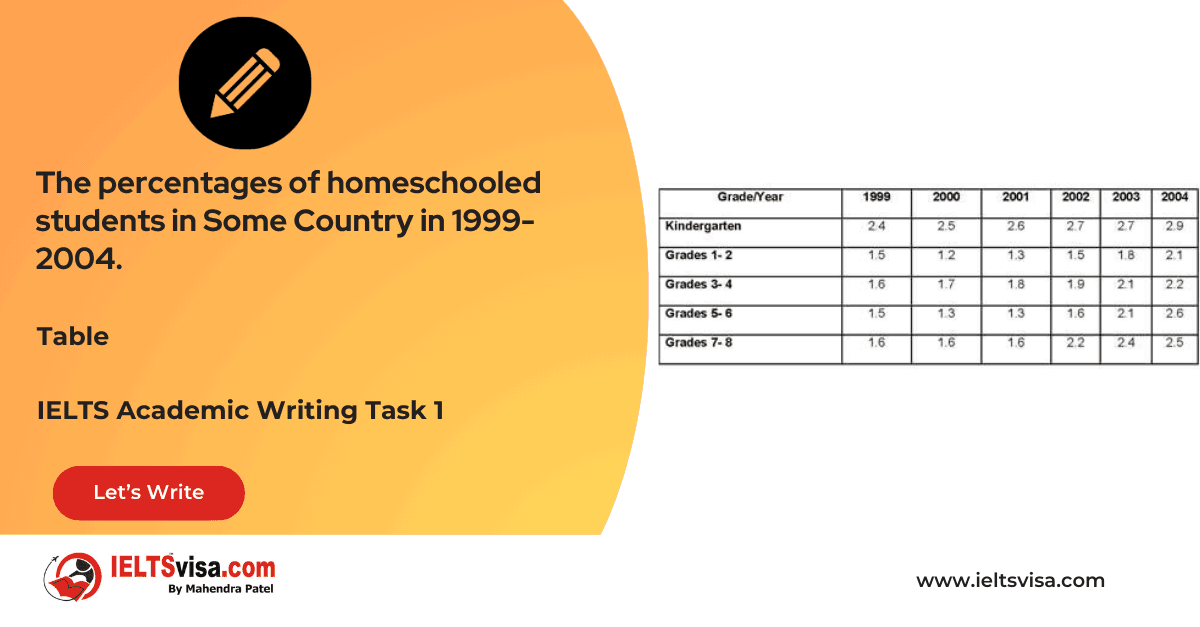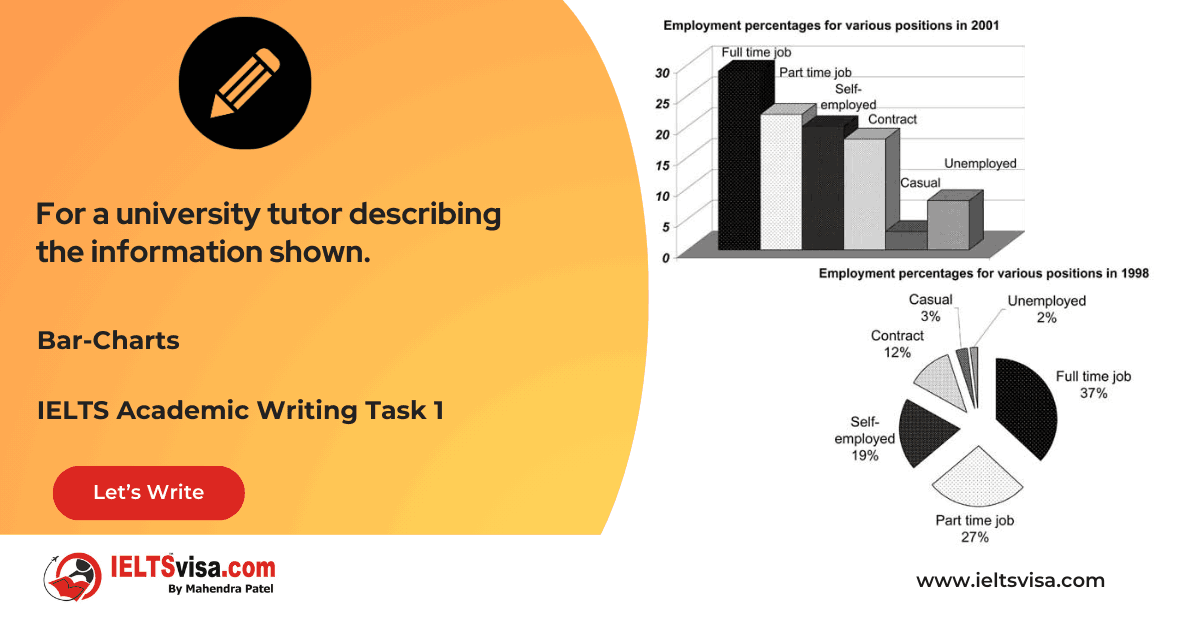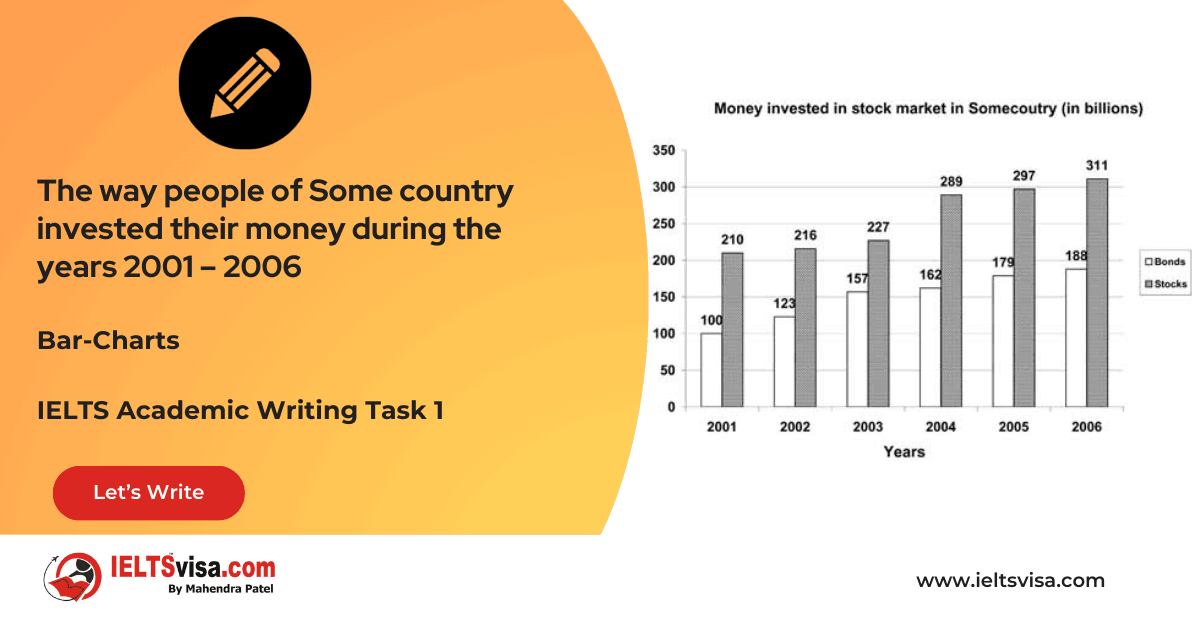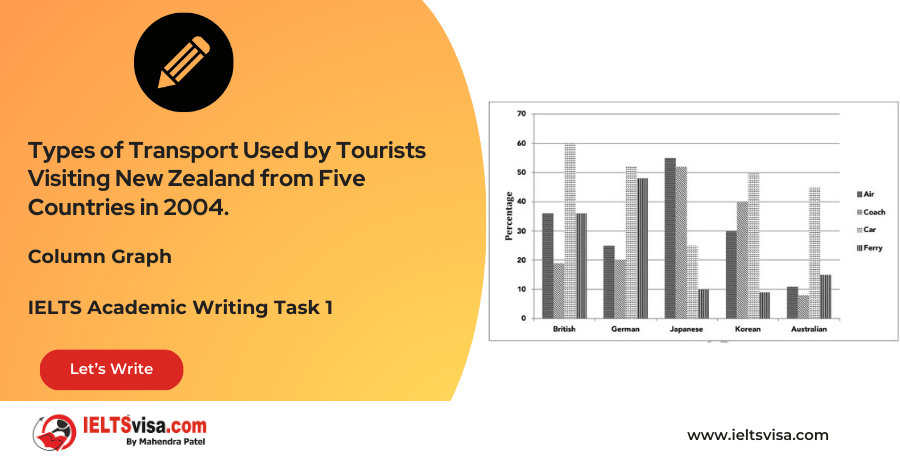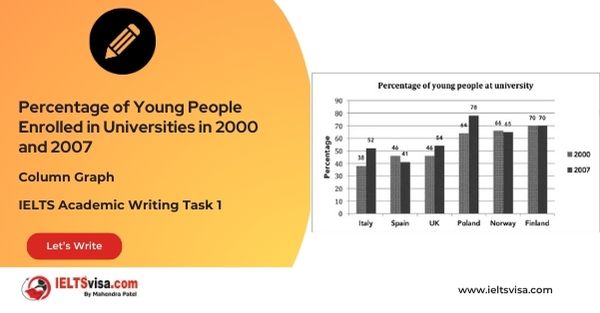Number of Marriages and Divorces in the UK from 1950 to 2000
IELTS Academic Writing Task 1 - Line Graph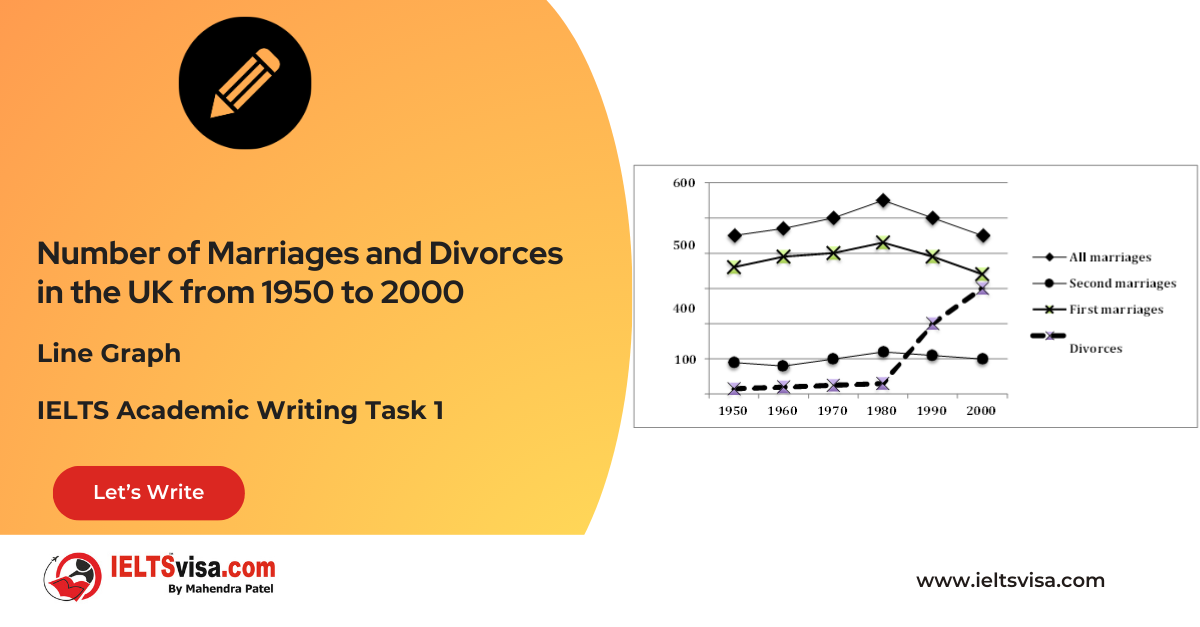
IELTS Writing Task 1 Question
The diagram below shows the number of marriages and divorces in the UK between 1950 and 2000
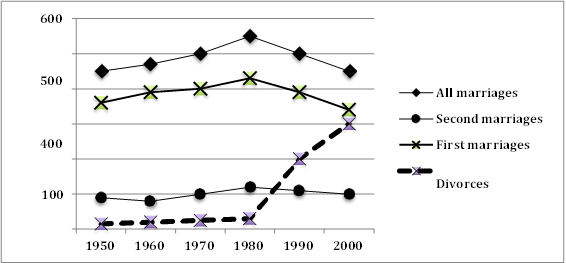
Common questions for the line graph
1. Graph Type: Line Graph
2. Title: Number of Marriages and Divorces in the UK from 1950 to 2000
3. What are the units of measurement?: Number of marriages and divorces (in thousands)
4. Who: The population of the UK
5. When: From 1950 to 2000
6. Where: United Kingdom
7. Topic: Marriages, remarriages, and divorces in the UK
Process Showing and Trends
Comparison 1 : Number of Marriages (1950–2000)
- Details:
1. The number of first marriages peaked at 430,000 in 1980 before dropping back to 350,000 by 2000.
2. The number of second marriages fluctuated between 90,000 and 120,000 over the period.
3. The total number of marriages followed a similar trend to first marriages, reflecting the fluctuations in first and second marriages.
Comparison 2 : Divorce Rates (1950–2000)
- Details:
1. Divorce rates were relatively stable at around 15,000 to 20,000 between 1950 and 1980.
2. After 1980, divorce rates increased dramatically, reaching around 300,000 by 2000.
Sample Answer
The given line graph shows the number of marriages and divorces in the UK from 1950 to 2000, highlighting distinct trends over the 50-year period.
In 1950, approximately 350,000 first marriages were recorded, which increased gradually to a peak of 430,000 in 1980. Afterwards, the number of first marriages decreased slightly, returning to the 350,000 mark by 2000. The total number of marriages mirrored this trend, as it was the combined total of first and second marriages, the latter fluctuating between 90,000 and 120,000 during this period.
Divorce rates showed a significant shift. Between 1950 and 1980, divorces increased slightly from 15,000 to 20,000. However, after 1980, divorce rates soared exponentially, reaching approximately 300,000 by 2000.
Overall, the data suggests that while the number of marriages peaked in 1980, divorce rates saw a dramatic rise from that point onward, marking a clear trend of increased marital instability in the latter part of the 20th century.
Top 27 Vocabularies
| Vocabulary | Meaning | Synonyms | Examples | Type |
|
Solemnized |
To perform a formal ceremony for marriage |
Conducted, performed |
“Approximately 350,000 first marriages were solemnized in 1950.” |
Verb |
|
Fluctuate |
To change frequently in an irregular way |
Vary, oscillate |
“The number of second marriages fluctuated between 90,000 and 120,000.” |
Verb |
|
Exponentially |
In a rapidly increasing manner |
Drastically, steeply |
“Divorce rates increased exponentially after 1980.” |
Adverb |
|
Peak |
To reach the highest point |
Climax, culminate |
“The number of first marriages peaked at 430,000 in 1980.” |
Verb/Noun |
|
Upswing |
A significant increase or improvement |
Rise, increase |
“The divorce rate saw a sharp upswing after 1980.” |
Noun |
|
Trend |
A general direction in which something is changing |
Pattern, tendency |
“The graph highlights distinct trends over 50 years.” |
Noun |
|
Gradually |
In a slow and steady manner |
Progressively, steadily |
“The number of marriages increased gradually until 1980.” |
Adverb |
|
Slightly |
By a small amount |
Marginally, minimally |
“Marriages declined slightly after 1980.” |
Adverb |
|
Fluctuation |
Irregular variation or change |
Instability, variation |
“Second marriages showed some fluctuation over time.” |
Noun |
|
Recorded |
Documented or registered officially |
Logged, noted |
“350,000 first marriages were recorded in 1950.” |
Verb |
|
Mirrored |
To closely resemble or reflect |
Reflected, paralleled |
“The total number of marriages mirrored the trend of first marriages.” |
Verb |
|
Soar |
To rise rapidly |
Surge, escalate |
“Divorce rates soared exponentially after 1980.” |
Verb |
|
Dramatic |
Sudden and striking |
Significant, drastic |
“Divorce rates saw a dramatic rise in the late 20th century.” |
Adjective |
|
Marked |
Clearly noticeable or evident |
Pronounced, distinct |
“A marked increase in divorces occurred after 1980.” |
Adjective |
|
Decline |
A gradual decrease |
Drop, reduction |
“Marriages saw a slight decline after reaching a peak in 1980.” |
Noun/Verb |
|
Instability |
Lack of stability or consistency |
Volatility, uncertainty |
“The rise in divorces suggests increased marital instability.” |
Noun |
|
Approximately |
Close to but not exactly |
Roughly, about |
“Approximately 350,000 first marriages were recorded in 1950.” |
Adverb |
|
Surpass |
To exceed or go beyond |
Outnumber, exceed |
“The number of divorces eventually surpassed previous levels.” |
Verb |
|
Significant |
Important or noteworthy |
Considerable, substantial |
“Divorce rates saw a significant increase after 1980.” |
Adjective |
|
Culminate |
To reach a climax or highest point |
Peak, conclude |
“Marriages culminated at 430,000 before declining again.” |
Verb |
|
Notable |
Worthy of attention or remarkable |
Remarkable, noteworthy |
“The most notable trend was the rise in divorce rates.” |
Adjective |
|
Stabilize |
To become steady or consistent |
Steady, balance |
“Marriage rates stabilized at around 350,000 by 2000.” |
Verb |
|
Contrast |
A difference between two things |
Difference, variation |
“There was a clear contrast between marriage and divorce trends.” |
Noun |
|
Accelerate |
To increase speed or rate |
Speed up, escalate |
“The divorce rate accelerated significantly after 1980.” |
Verb |
|
Proportion |
A part or fraction of a whole |
Percentage, ratio |
“A higher proportion of marriages ended in divorce over time.” |
Noun |
|
Prevail |
To be dominant or widespread |
Dominate, persist |
“Marriages prevailed as the more common outcome until 1980.” |
Verb |
|
Outpace |
To surpass or grow faster than something else |
Exceed, overtake |
“The rise in divorces began to outpace the number of marriages.” |
Verb |

Our Books
Master IELTS Speaking Part 1
IELTS Writing Task 1 Book
IELTS Writing Task 2 Book
Practice IELTS Other Modules
IELTS Listening
The IELTS Listening test assesses how well you can understand spoken English in various contexts. It lasts about 30 minutes and is divided into four sections with a total of 40 questions. The listening tasks become increasingly difficult as the test progresses.
IELTS Academic Reading
The IELTS Academic Reading section assesses your ability to understand and interpret a variety of texts in academic settings. It is designed to evaluate a range of reading skills, including skimming for gist, reading for main ideas, reading for detail, understanding inferences, and recognizing a writer's opinions and arguments.
IELTS Speaking
The IELTS Speaking test assesses your ability to communicate in English on everyday topics. It lasts 11-14 minutes and consists of three parts: introduction, cue card, and a discussion based on the cue card topic.
IELTS General Reading
IELTS General Reading tests your ability to understand and interpret various types of texts. Here are some key areas and types of content you can expect to encounter in the reading section, along with tips for effective preparation.
IELTS Academic Writing Task 1
In IELTS Academic Writing Task 1, you are presented with a visual representation of information, such as graphs, charts, tables, or diagrams, and you are required to summarize, compare, or explain the data in your own words.
IELTS General Writing Task 1
In IELTS General Writing Task 1, you are required to write a letter based on a given situation. The letter can be formal, semi-formal, or informal, depending on the prompt. Here’s a breakdown of the key components to include in your letter
IELTS Academic Writing Task 2
In IELTS Academic Writing Task 2, you are required to write an essay in response to a question or topic. Here’s a guide to help you understand the essential elements of this task
IELTS Exam Tips
To succeed in the IELTS exam, practice regularly, familiarize yourself with the test format, improve your vocabulary, develop time management skills, and take mock tests to build confidence.
Grammer for IELTS
Grammar is the foundation of effective communication in English. Understanding tense usage, subject-verb agreement, and sentence structure enhances clarity and coherence in writing and speaking.
Vocabulary for IELTS
Vocabulary plays a crucial role in the IELTS (International English Language Testing System) exam, especially in the Speaking and Writing sections. Here’s an overview of why vocabulary is important and how it impacts your performance
RECENT IELTS SAMPLES QUESTIONS AND ANSWERS
Task 1 – Diagram – A conference hall built in 1981 and planned for 2020
20:00 Start Pause Stop [df_adh_heading title_infix="IELTS Writing Task 1 Question" use_divider="on"...
Task 1 – Table – The percentages of homeschooled students in Some Country in 1999-2004.
20:00 Start Pause Stop [df_adh_heading title_infix="IELTS Writing Task 1 Question" use_divider="on"...
Task 1 – Table – For a university tutor describing the information shown.
20:00 Start Pause Stop [df_adh_heading title_infix="IELTS Writing Task 1 Question" use_divider="on"...
Task 1 – Bar-Charts – The way people of Some country invested their money during the years 2001 – 2006
20:00 Start Pause Stop [df_adh_heading title_infix="IELTS Writing Task 1 Question" use_divider="on"...
Task 1 – Diagram – Rainwater Harvesting and Conversion to Drinking Water in an Australian Town.
20:00 Start Pause Stop [df_adh_heading title_infix="IELTS Writing Task 1 Question" use_divider="on"...
Task 1 – Column graph – Percentage of Young People Enrolled in Universities in 2000 and 2007.
20:00 Start Pause Stop [df_adh_heading title_infix="IELTS Writing Task 1 Question" use_divider="on"...

